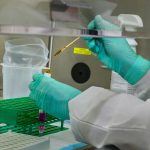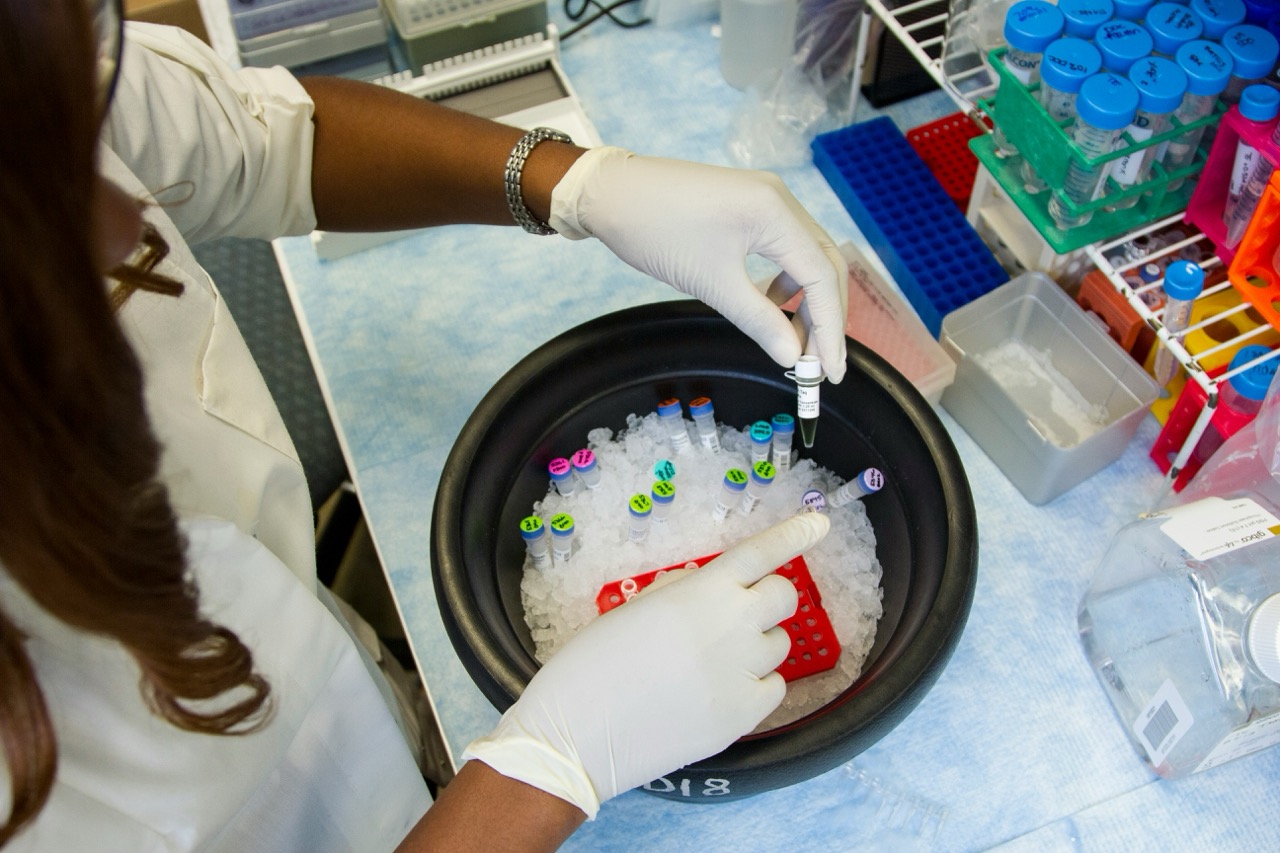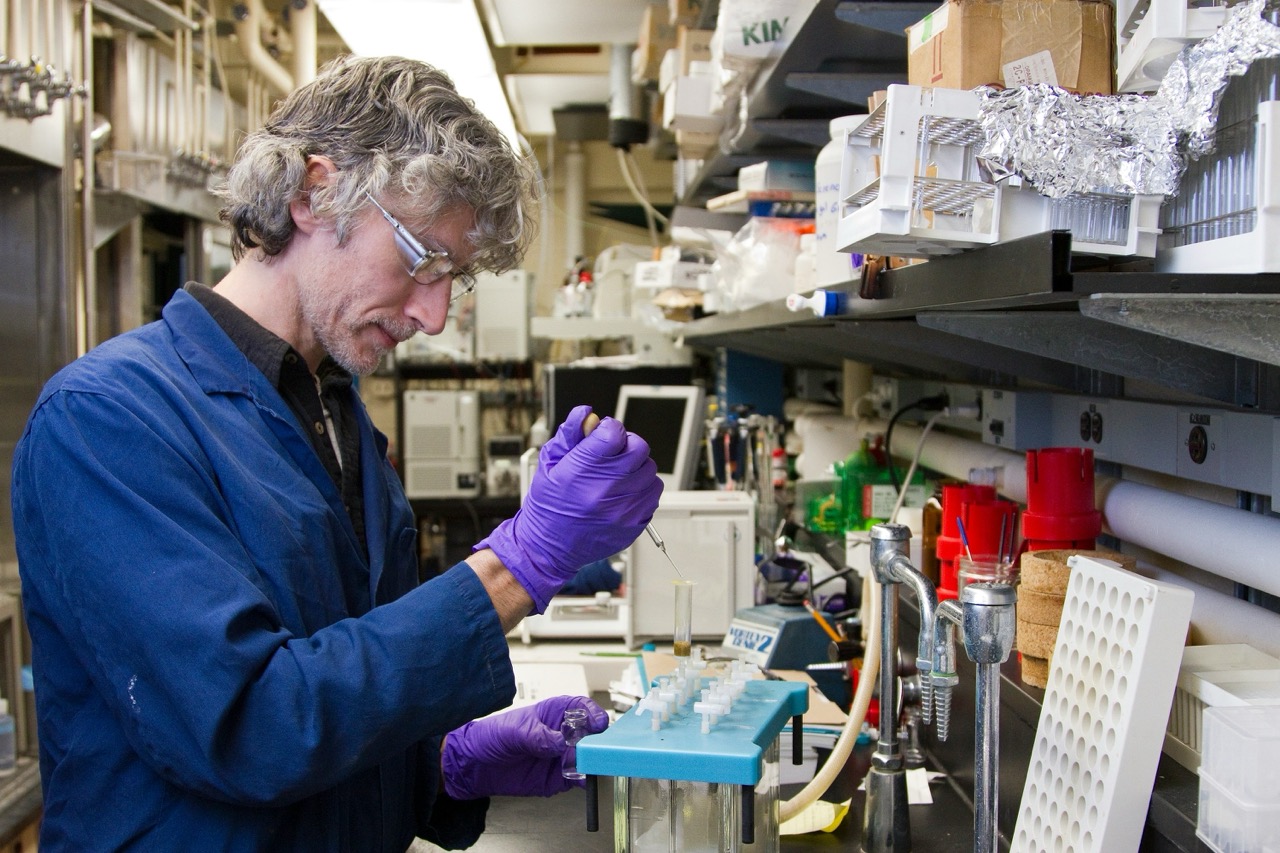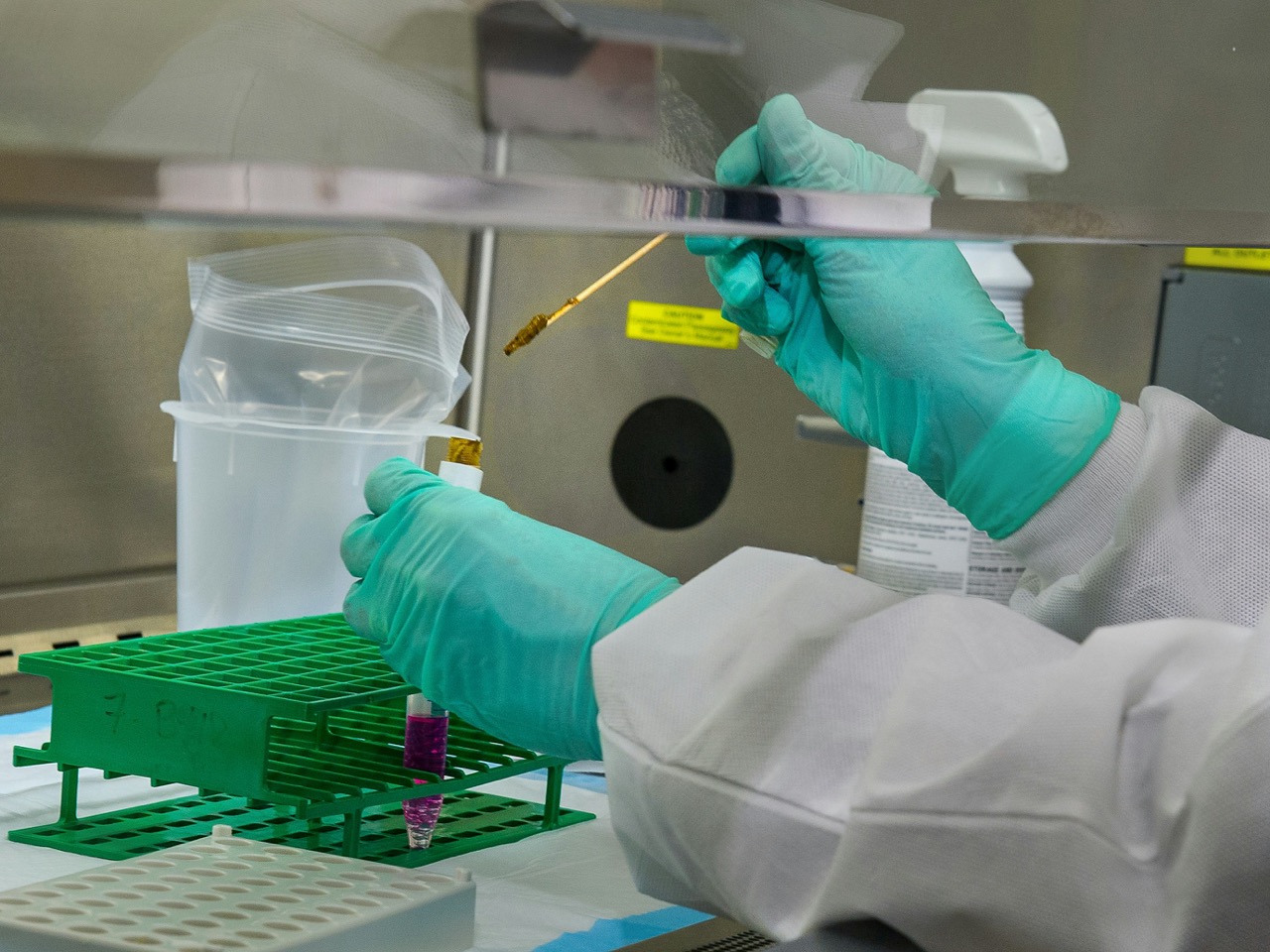Human Papillomavirus (HPV) is one of the most common sexually transmitted infections globally, affecting millions of individuals each year. With over 200 distinct types, some strains are benign, while others can lead to serious health complications, including various cancers. Understanding HPV, its transmission, and the potential for reinfection is vital for both individual health and public awareness. This article delves into the complex nature of HPV infections, the possibility of reinfection, and the measures that can be taken to mitigate the risks associated with this pervasive virus.
Understanding Human Papillomavirus: A Brief Overview
HPV is a group of viruses that primarily spread through intimate skin-to-skin contact. While many people may contract HPV at some point in their lives, the immune system often clears the virus without causing any symptoms or health issues. The strains of HPV can be broadly categorized into low-risk and high-risk types. Low-risk types may result in benign conditions such as warts, while high-risk types are associated with cancers of the cervix, anus, throat, and other areas.
The prevalence of HPV is significant; estimates suggest that nearly all sexually active individuals will contract at least one type of HPV in their lifetime. The virus is particularly concerning due to its asymptomatic nature, making it difficult for individuals to know they are infected. Regular screenings, especially for women, such as Pap smears and HPV tests, are crucial for early detection of potential health issues related to high-risk HPV types.
Furthermore, while HPV can affect anyone, certain factors may increase susceptibility. These include a weakened immune system, multiple sexual partners, and the lack of vaccination. The introduction of the HPV vaccine has made significant strides in reducing the incidence of high-risk HPV types, particularly among young individuals. However, awareness and education about HPV remain essential to encourage preventive measures.
The Nature of HPV Infections and Their Variants
HPV is unique due to its ability to exist as a persistent infection in some individuals. After initial exposure, the virus may remain dormant in the body for years before becoming active. This latent phase can lead to confusion regarding the timing of infections, as individuals may not show symptoms for an extended period. The immune response plays a critical role in determining whether the virus becomes dormant or leads to symptomatic conditions like warts or cancer.
Different variants of HPV can further complicate the picture. Each type of HPV has its own characteristics and associated risks. For example, HPV types 6 and 11 are responsible for most genital warts, while types 16 and 18 are major contributors to cervical cancer. Individuals may be infected simultaneously with multiple types of HPV, leading to a spectrum of potential health outcomes. Understanding these variants is crucial for effective treatment and management of the infection.
Moreover, the interaction between HPV and the host’s immune system can influence the outcome of infections. Some individuals may clear the virus naturally, while others may develop persistent infections that lead to more severe health issues. Research continues to explore how various factors, including co-infections with other sexually transmitted infections, can affect HPV persistence and reinfection rates.
Can You Be Reinfected with HPV? Exploring the Evidence
Yes, it is possible to be reinfected with HPV. Even after the body clears an initial infection, individuals can be exposed to different strains of the virus, leading to a new infection. The presence of a prior HPV infection does not provide immunity against other types. Studies have shown that reinfection can occur, especially among those with multiple sexual partners or who engage in unprotected sex.
Research indicates that the likelihood of reinfection varies based on several factors, including the specific type of HPV, the individual’s immune system, and other behavioral factors. An interesting aspect is that individuals with a history of HPV infections may have a heightened awareness of the virus, potentially leading to more vigilant health practices. However, this awareness does not eliminate the risk of new infections.
In some cases, even after successful treatment of an HPV-related condition, such as cervical dysplasia, the risk of reinfection remains. This is why ongoing monitoring and follow-up are important for individuals with a history of HPV. Understanding the potential for reinfection emphasizes the importance of preventive measures, including vaccination and safe sexual practices.
Preventative Measures: Reducing the Risk of HPV Reinfection
Preventing HPV reinfection primarily revolves around vaccination and safe sexual practices. The HPV vaccine is highly effective in protecting against the most common and dangerous strains of the virus. Health authorities recommend vaccination for preteens, but it can also benefit adults who have not yet been vaccinated or who have not completed the full vaccination series. The vaccine significantly reduces the risk of both initial infections and reinfections.
In addition to vaccination, practicing safe sex is crucial in minimizing the risk of HPV transmission. This includes using condoms and dental dams, which can reduce the likelihood of sexual transmission, although they do not provide complete protection since HPV can infect areas not covered by these barriers. Limiting the number of sexual partners and engaging in mutually monogamous relationships can also help reduce exposure to the virus.
Regular health check-ups, including screenings for HPV, are essential in managing and monitoring potential infections. For women, Pap smears and HPV tests can detect changes in cervical cells that may become cancerous, allowing for early intervention. Open communication with partners about sexual health and potential risks also plays a vital role in prevention. By adopting these measures, individuals can significantly reduce their risk of HPV reinfection and its associated complications.
In conclusion, while it is possible to be reinfected with HPV, understanding the nature of the virus and adopting preventive measures can significantly mitigate risks. Awareness of the various strains and their potential health implications is critical for informed decision-making regarding sexual health. Vaccination, safe sexual practices, and regular health screenings serve as essential tools in managing HPV and protecting against reinfection. As research continues to evolve, education and awareness around HPV remain imperative for promoting public health and reducing the prevalence of this common virus.









